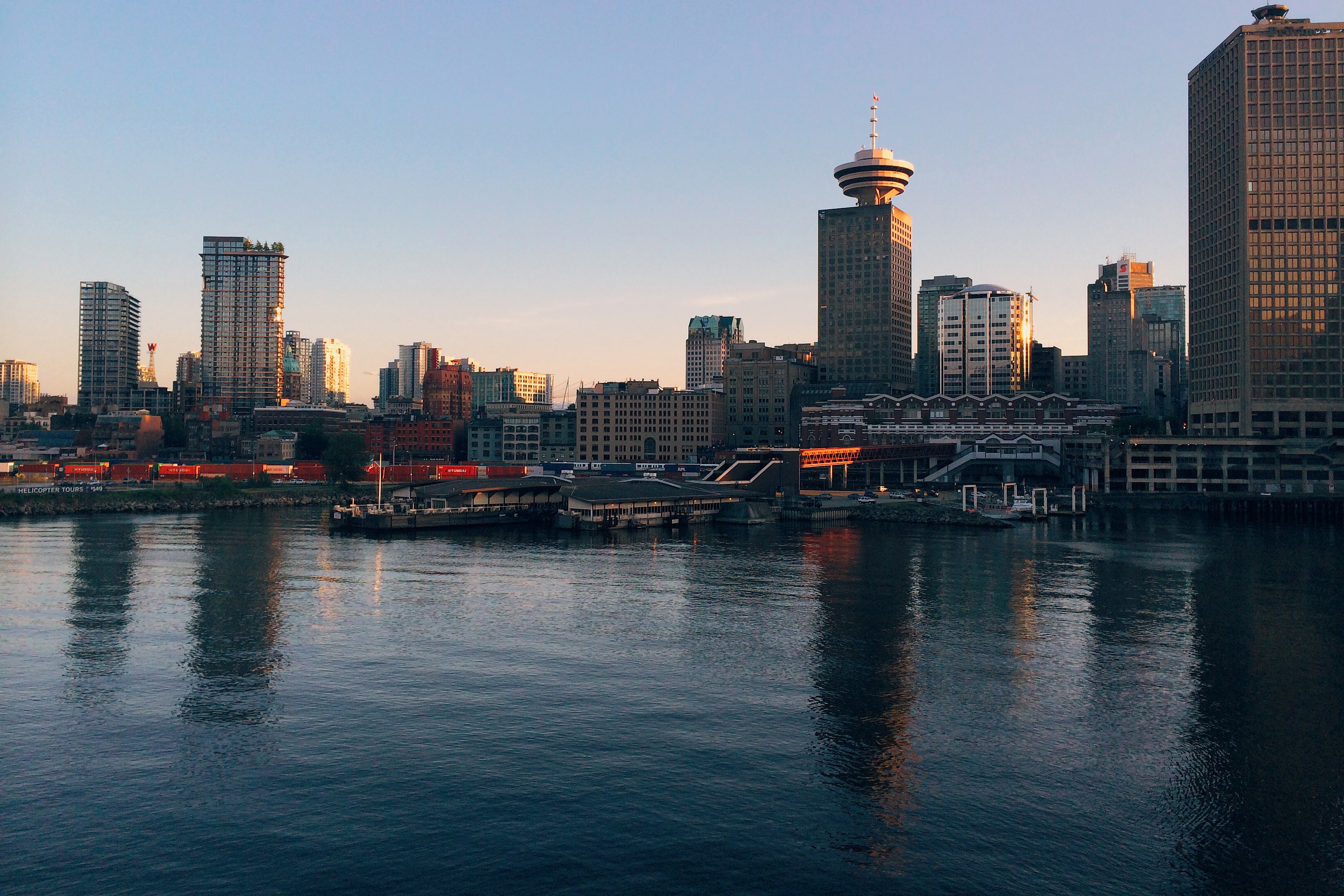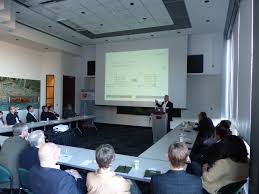Swiss Technologies for Green Buildings in Canada?
by Markus Reubi, Head of Swiss Business Hub (SBH) Canada
More and more, Canada is becoming an interesting market for clean, energy efficient technologies. According to the Cleantech Canada 2014 directions Survey and report, cleantech is projected to overtake Canada’s aerospace industry and grow from the CAd 11 billion industry it is today to a CAD 28 billion industry in 2022. One particular field of interest is green buildings. Several metropolitan areas and provinces in Canada have taken the initiative to develop sustainable architecture as well as design and construction of residential and commercial real estate. The new federal government’s push for a greener economy and less CO2 emission provides a fertile ground for further advancements in this area.
A key task of SBH Canada is to communicate these new opportunities to potential – often small sized! – technology providers in Switzerland and to engage in a dialogue with them in order to facilitate successful entry strategies for the Canadian market. The joint event organized together with the Swiss Canadian Chamber of Commerce B.C. & Alberta in early November 2015 confirmed that a growing interest exists in Western Canada for knowhow, products and services coming from Switzerland and other European countries. The idea is to continue the discussion with this group of experts and to help Swiss technology providers tap into this network. The next occasion to meet will be during the Leadership Summit for Sustainable Business (GLOBE), which will take place March 2 to 4, 2016 in Vancouver. Under the present circumstances, North America’s largest conference on sustainable business promises to be more exciting than ever. Switzerland will be present at this highly visible event, offering Swiss companies a platform to enter North America’s and, in particular, Vancouver’s growing markets for sustainable building. The following report summarizes the luncheon event on this topic which took place in on November 9, 2016 (credit for the text goes to Mr. Thomas Andrey, SCCC B.C&A)

Vancouver, Canada
photo by Gabriel Santiago
The city of Vancouver has set itself ambitious targets for the future in terms of green building. Aiming to be the world’s greenest city by 2020, Vancouver has still a long way to go and several hurdles to jump over. Although the city is well-known to be at the forefront of sustainability developments in North America, a look beyond the city limits and across national borders is indispensable to achieve the high goals set forth. Switzerland has a proven track record and best practices to share that can help Vancouver to get where it strives to be.
A total of over 30 architects, designers and city planners, many of them with a Swiss background, gathered to share their ideas and experiences on the topic of “Swiss Technologies for Green Canadian Buildings”. Organized by the Swiss Canadian Chamber of Commerce on behalf of Swiss Business Hub in Canada, the luncheon event began with a networking session, followed by a presentation by Stephan Tanner and an extensive open discussion.
Swiss architect, Stephan Tanner, is recognized as one of the key leaders in sustainable design in North America. Throughout his presentation, Mr. Tanner emphasized the need to drastically decrease the carbon footprint in order to stop global warming. Energy efficiency is an effective method to lower energy consumption to a globally sustainable target of 2’000 Watts of continuous energy per person.

Stephan Tanner explains how Swiss technologies can help Vancouver to become the greenest city.
Although “Passivehouses” are the solution to significantly decrease energy consumption in buildings, incentive for Canadians and the population of Vancouver to build by rigorous standards remains small. The discussion group agreed that improved building codes are required to encourage “passivhouse”-building. Creating awareness and willingness is also key; because following Stephan Tanner, the responsibility for green building cannot rest only on the manufacturer’s side. Similar to the automobile industry, users must be aware and responsible for sustainability.
The discussions indicated that Swiss knowhow and technology provide established approaches to boost energy efficiency in Canadian buildings. Of particular relevance in the discussion was the insulation. Canadian buildings often lose plenty of energy through poorly insulated windows or through thermal bridging at balconies. Swiss designers not only know how to avoid such energy losses, they also have a vast experience and are willing to share their expertise by adapting it to local contexts. When it comes to energy efficiency in windows, PVC glass is undisputedly number one and therefore widely used in Switzerland. As transporting windows from Switzerland to Canada’s west coast is senseless, shipping components of the frame and manufacturing the glass locally would be a viable solution. A similar approach could be used for other Swiss technologies for green Canadian building.